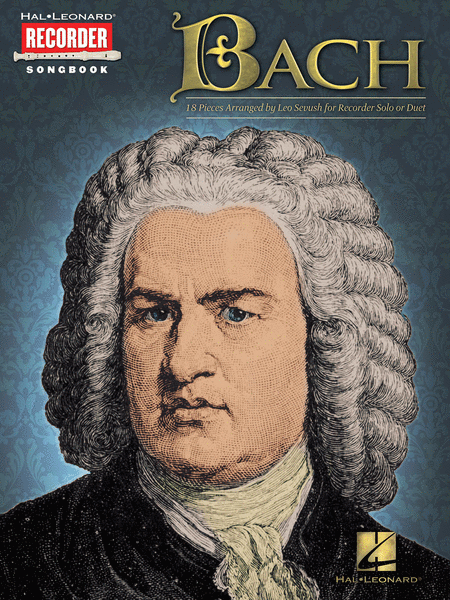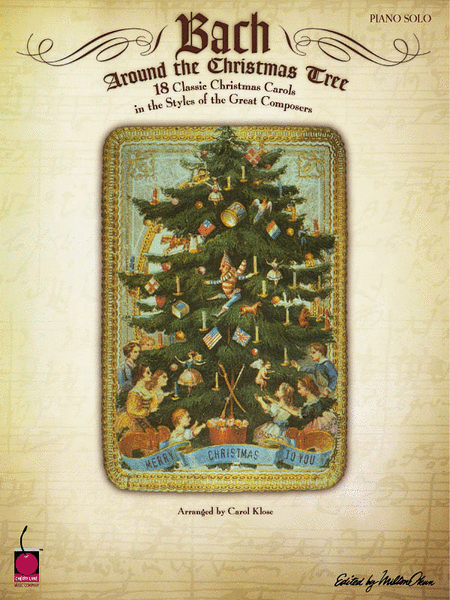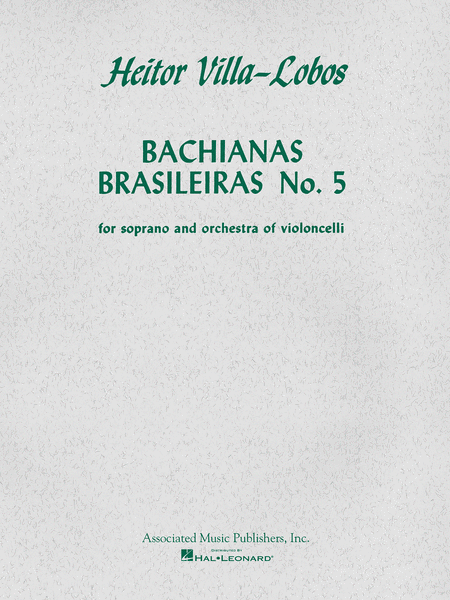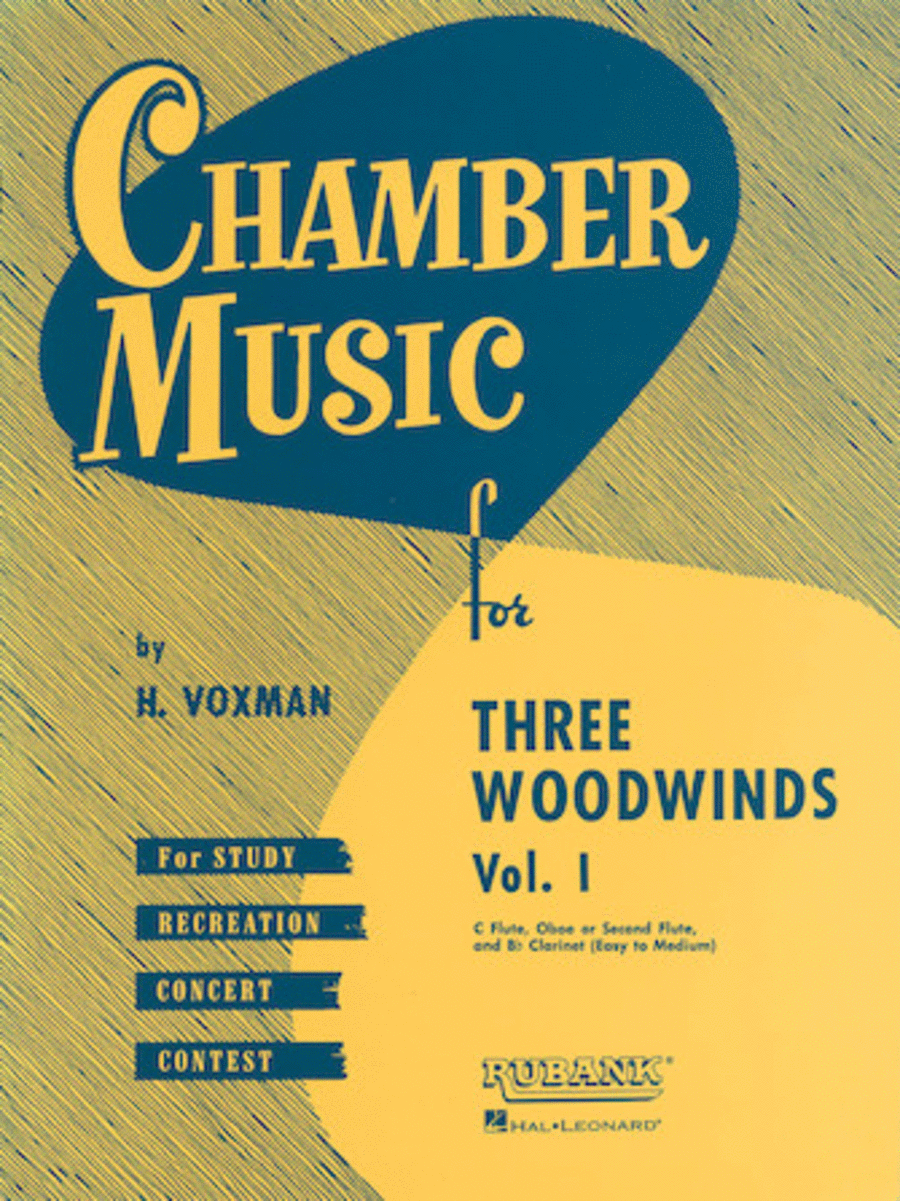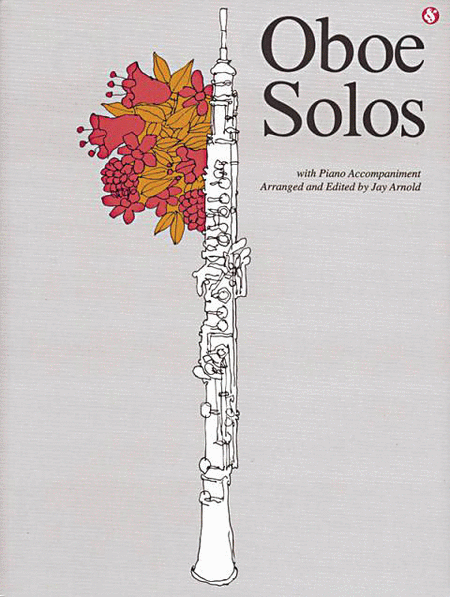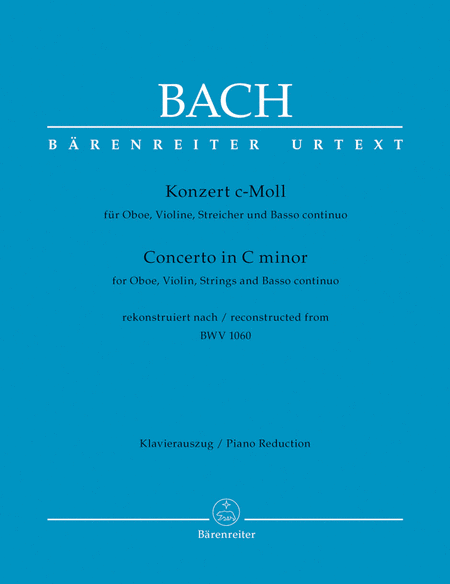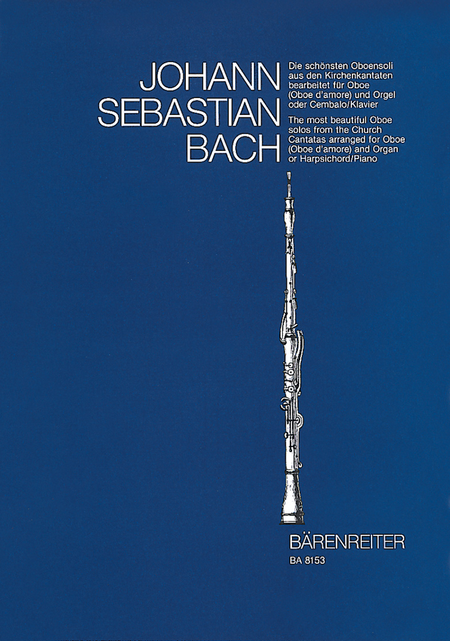Gott soll allein mein Herze haben (God alone shall have
my heart), BWV 169, is a church cantata by Johann
Sebastian Bach. He composed the cantata for an alto
soloist in Leipzig for the 18th Sunday after Trinity
and first performed it on 20 October 1726
Bach wrote the cantata in his fourth year Bach in
Leipzig for the 18th Sunday after Trinity. The unknown
author of the text concentrated on the love of God in
movements 2 to 5 and added one movement about the love
of your neighbour in mo...(+)
Gott soll allein mein Herze haben (God alone shall have
my heart), BWV 169, is a church cantata by Johann
Sebastian Bach. He composed the cantata for an alto
soloist in Leipzig for the 18th Sunday after Trinity
and first performed it on 20 October 1726
Bach wrote the cantata in his fourth year Bach in
Leipzig for the 18th Sunday after Trinity. The unknown
author of the text concentrated on the love of God in
movements 2 to 5 and added one movement about the love
of your neighbour in movement 6, continued in the
concluding chorale, the third stanza of Martin Luther's
"Nun bitten wir den Heiligen Geist". The poet connected
the first recitative to the following aria by starting
the two thoughts in the recitative by a related line
from the aria as a motto, and ending both with the a
recapitulation of the first line. The second recitative
is a paraphrase of 2 Kings 2:1, Elijah lifted to
heaven. The second aria is a paraphrase of 1 John
2:15--16, which sets the love of God apart from the
love of the world.
The only other extant cantata for the Sunday is the
chorale cantata Herr Christ, der einge Gottessohn, BWV
96, composed in 1724. Like three other cantatas, the
early Widerstehe doch der Sünde, BWV 54 (1714), and
the 1726 works Geist und Seele wird verwirret, BWV 35,
and Vergnügte Ruh, beliebte Seelenlust, BWV 170, Bach
wrote Gott soll allein mein Herze haben for a single
alto soloist, but unlike those works a choir sings the
chorale. The three later cantatas, written within a few
months, employ the organ as an obbligato instrument,
possibly because Bach liked the combination of alto
voice and organ registrations. A week later, Bach
composed the famous cantata for bass solo, Ich will den
Kreuzstab gerne tragen, BWV 56, also concluded by a
chorale. It is not known if Bach looked for texts
suitable for a solo voice, or if texts were "clerically
imposed on him", which stressed individual piety and
therefore suggested to be treated as solo cantatas.
As in a number of other works, Bach reused some of his
earlier works. The first movement, Sinfonia, and
movement 5 rely on a lost concerto, perhaps for oboe or
flute, possibly written during his time in Köthen
(1717--23). That same concerto is the source of Bach's
Harpsichord Concerto BWV 1053, composed around 1739.
According to John Eliot Gardiner, it may have also
served as an organ concerto for the new Silbermann
organ in Dresden's Sophienkirche in 1725. Bach used the
first movement of the concerto, in da capo form, as an
extended instrumental introduction, assigning the solo
part to the organ, the tutti to the strings and three
oboes which he added for the cantata. The first vocal
movement is an arioso, accompanied only by the
continuo. Bach followed the careful wording of the poet
by setting the lines from the following aria as a motto
and conclusion of each thought as an arioso, the
reflection which they frame as a secco recitative. The
repeat of the essential line "Gott soll allein mein
Herze haben" "acts like a rondo motif", according to
Gardiner. In the aria, this line appears reminiscent of
the arioso, but in reverse movement. As Gardiner
observes: "It is a perfect example of Bach's skill in
following admonitions by contemporary music theorists
to 'grasp the sense of the text' (Mauritius Vogt, 1719)
with the goal of 'refined and text-related musical
expression ... the true purpose of music' (Johann David
Heinichen, 1711)." The accompaniment of the virtuoso
organ adds weight to the statement. Julian Mincham
interprets the "richly embroidered organ melody", which
continues throughout the movement, as a "virtually
continuous stream of goodness". A simple secco
recitative leads to the second aria, which is again,
like the Sinfonia, taken from the concerto, with the
voice woven into the solo organ and the strings.
According to Dürr, the aria is an example of "how a
piece can gain rather than lose from its adaptation in
the context of a new work". Another example is the
Agnus Dei from Bach's Mass in B minor'. The text marks
a farewell to love in the world: "Stirb in mir, Welt
und alle deine Liebe" (Die in me, world and all your
love). The music of the aria, marked "Siciliano" as the
slow movement of the harpsichord concerto, has been
regarded as a "farewell to worldly life", in "a mood of
heart-stopping intensity", also as a mystic
contemplation of a heavenly love. The aria has been
compared in character to the aria of the repenting
Peter "Erbarme dich" from Bach's St Matthew
Passion.
After the love of God has been expanded in great detail
in five movements, the commandment to also love one's
neighbor is expressed in a short recitative, leading to
the chorale, which asks the Holy Spirit to assist in
doing so, "so that we might love each other from our
hearts and remain of one mind in peace".
Although originally scored for Orchestra and Chorus, I
created this arrangement for Oboe & Strings (2 Violins,
Viola & Cello).


